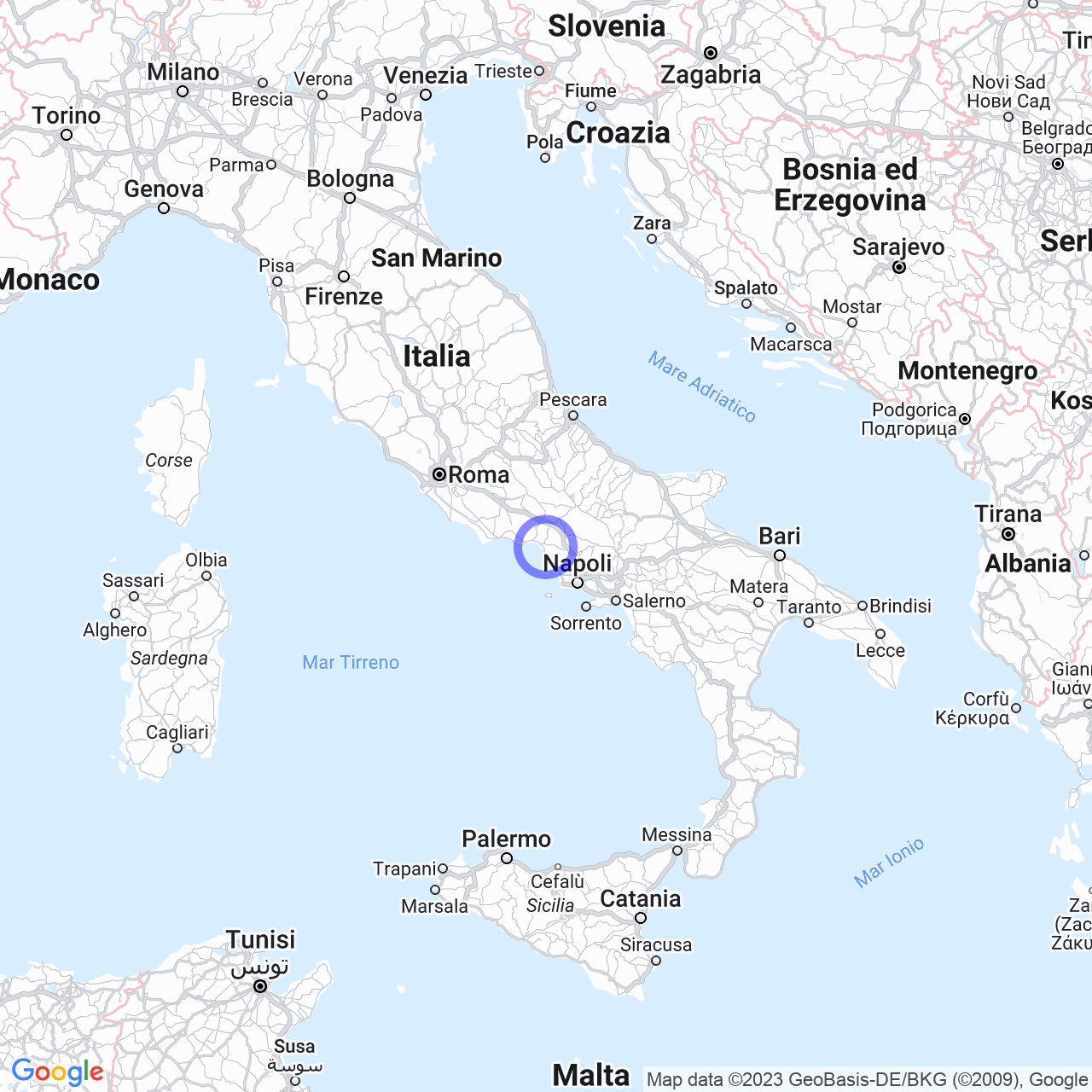Cellole
Cellole: a municipality in Campania
Cellole is an Italian municipality located in the province of Caserta, in Campania, with a population of about 8,000 inhabitants. The territory extends over a plain that includes also the southern part of the coastal strip of Baia Domizia and Baia Felice, overlooking the Gulf of Gaeta.
Physical geography
Cellole's territory has an altitude variation of just 36 meters above sea level and an extension of slightly less than 37 km². The surrounding area is of volcanic origin, and is characterized by the presence of mountains and very fertile alluvial lands. In the past, these areas were swampy and plagued by malaria, and remained uncultivated for a long time until the fascist regime's reclamation of the Fievo and Pantano areas.

Geological origins
The Cellole depression has a geology of volcanic origin that has generated a very fertile alluvial land. The area was formerly swampy and plagued by malaria, and such lands remained uncultivated for a long time until during the fascist regime the areas of Fievo and Pantano were reclaimed to make them available to farmers and decrease infectious diseases.
History
The historical roots of the current inhabited center date back to feudalism. The toponym derives from the Latin "pagus cellularum," and the village had been used as a food depot. In the Middle Ages, Cellole became a defensive outpost for nearby Sessa Aurora, thanks to its location between the ancient Appian Way and the new Appian Way.
With the arrival of the Lombards, the territories of ager sinuessanum disintegrated, and the village was incorporated into the territory of Sessa Aurunca. During the Middle Ages, Cellole was a meeting point for the residents of the area, and the presence of four Saracen towers served as a system for spotting potential enemies.
Conclusions
In conclusion, Cellole is a historic municipality in Campania, with a geology of volcanic origin that has generated a very fertile alluvial land. In the past, the area was swampy and plagued by malaria, but with the reclamation of the territories, it has now become an agriculturally important area for the surrounding area. Its history dates back to feudalism, but the presence of four Saracen towers makes it an interesting tourist destination for history enthusiasts.
